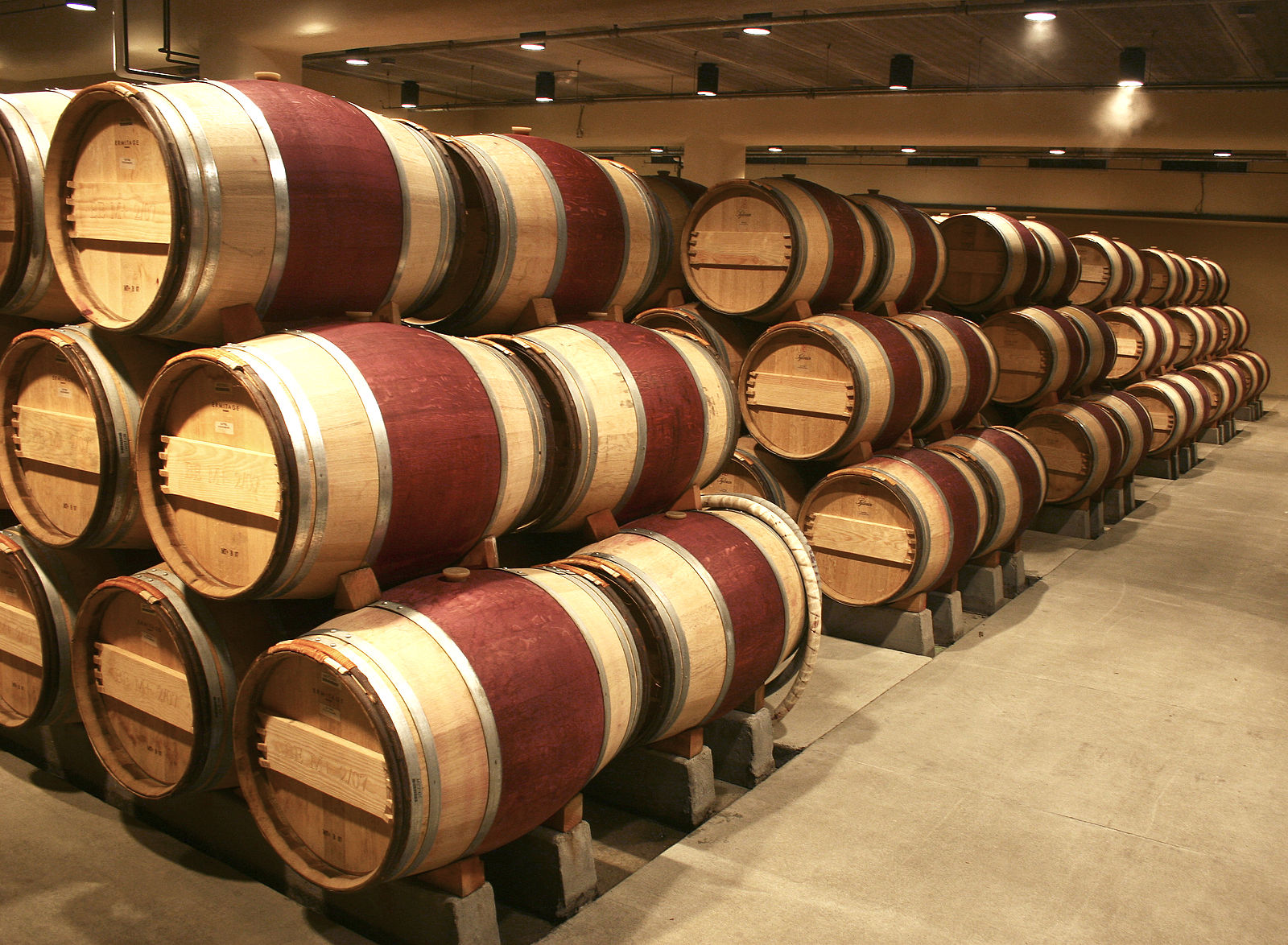We've been exploring where wine gets it flavor from starting with the star of show, the juice of the grapes, then learning how the grape skins, seeds and stems can affect the finished flavor and we also looked at how the fermentation process can affect flavor. So, now it's on to the aging process and how it can affect a wine's flavor.
Let's start with the aging process before the wine goes into the bottle (aging in the bottle is an entirely separate subject for another time).
At the winery, once the wine is fermented, it is typically aged in stainless tanks or oak barrels. With respect to stainless tanks, they don't add anything to the final flavor of wine. So, that was easy. But, oak barrels are an entirely different story. Barrels can affect a wine's flavor in a couple different ways.
First, barrels can impart wood-like flavors. But, wine makers really don't want to make wine that tastes like trees or tree sap. So, one of the things they do is to 'toast' the inside of the barrel (i.e., subject it to an open flame to provide a char to the wood). And, this is done to varying degrees. A barrel that is lightly toasted will add subtle hints of flavor. A medium toasted barrel will start to add vanilla or caramel flavors to the wine and heavily toasted barrels will impart stronger flavors of smoke, coffee and chocolate.
Now, these flavors are well suited to some red wines but typically not for white wines. So, most red wines spend some time aging in oak barrels while white wines typically don't. The exceptions are generally Chardonnays that will, with oak aging, take on those butterscotch, vanilla and toast flavors. Fumé Blanc is another oak-aged white wine. It's simply Sauvignon Blanc that's been oaked aged.
And, finally, an oak barrel can actually become 'neutral' with time and impart no flavor. This typically occurs after a new oak barrel has been used three or four times. It's still a good vessel for aging, but just doesn't affect its flavor.
The other way that oak barrels affect a wine's flavor comes from their naturally porous nature. But, I'll leave that for next time. Until then, Cheers!




